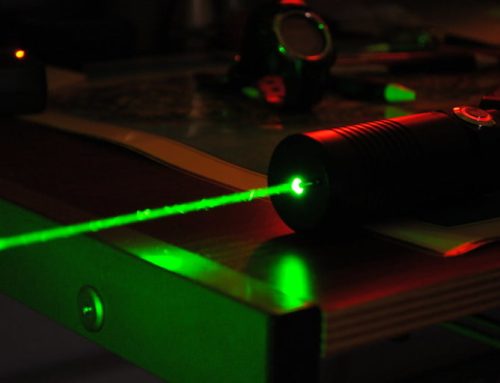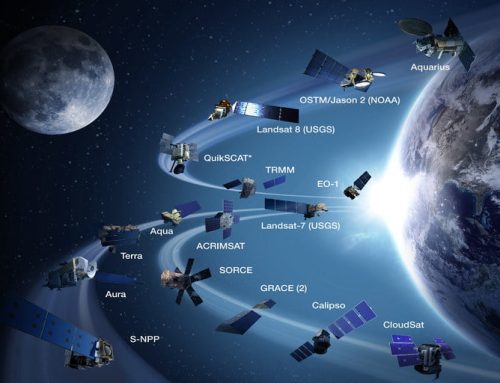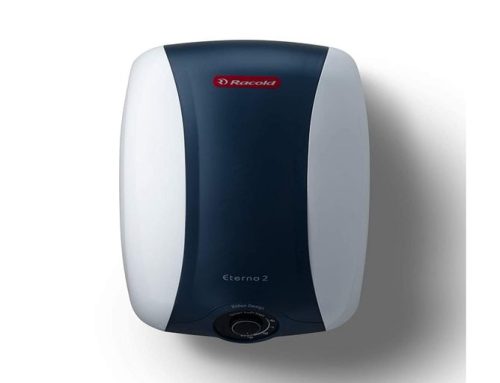
In our childhood most of us curious about flying objects like helicopters, airplanes, etc. At that time we were fascinated with these things. Earlier these flying objects were used only in the aviation sector because they were not designed in toy form or small size. But at present time peoples are using various flying toys, such as drones, RC helicopters, and planes, for their entertainment and work also.
Nowadays we are seeing the use of drones at multiple places. It is being used for taking pictures of unreachable places, blogging, surveillance, and multi-applications. Before looking at the operation and functioning of drones, let’s have some discussion regarding drones.
What is a Drone?

A Quadcopter or Drone
The term ‘Drone’ usually means that “An unpiloted aircraft” or “Unmanned Aerial Vehicles” (UAVs). UAV drone technology is evolving at a good pace as innovations are taking place. With a joystick and a GPS, the operations of most consumer drones (those are not used in defense or sector) seem easy as playing a video game. Behind this user interface, many complex technologies are working such as an accelerometer, a gyroscope, RC channel circuits, and much more. How does drone take place in human life? To find it let’s have a look at the physics behind this.
Physics behind it:
When are talking about a drone we imagine its picture in our mind and that picture contains multiple rotors in it. Most of us have seen drones those are having multiple rotors. Combat drones do not have multiple rotors and their design is different from consumer drones or non-combat drones.
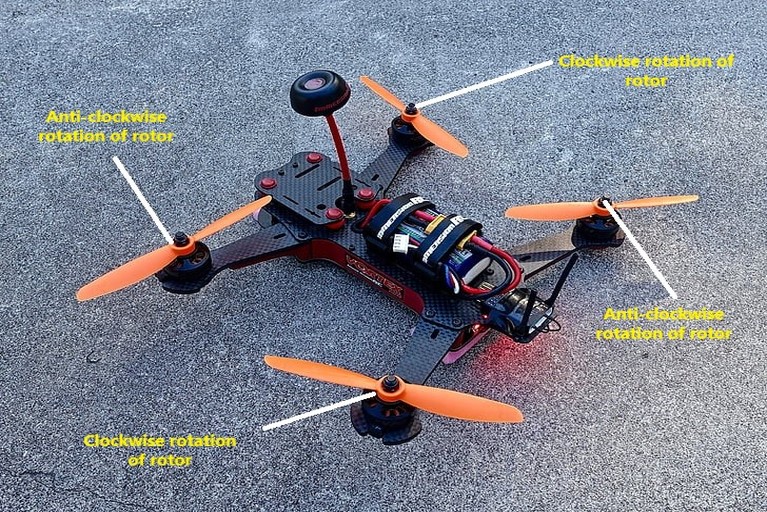
Physics behind the drone
From here we are considering that 4 rotors are present in a drone or in simple terms it is a quadcopter. In this quadcopter 4 rotors are individually connected with motors, allowing them to move at different speeds. Here two diagonal rotors are rotating in a clockwise direction whereas another two are rotating anti-clockwise. These two opposite rotations of rotors balance out and keep the drone in a stable state. If all the rotors rotate in the same direction then overall torque rotates the complete drone. When all the rotors spin together, they push down the air and this air pushes back to the rotors.
Units in Drone:
How do we achieve it let’s have a look into some common units of a drone:
- Accelerometer and Altimeter
- Cameras
- Rotors
- Wireless connectivity
Accelerometer and Altimeter:
The Accelerometer is a kind of sensor that is responsible to detect the position and orientation of the drone. A high-performance Accelerometer brings greater stability to UAV or drone navigation and control. In the modern technological advancement era, MEMS are being used in the manufacturing of Accelerometer.
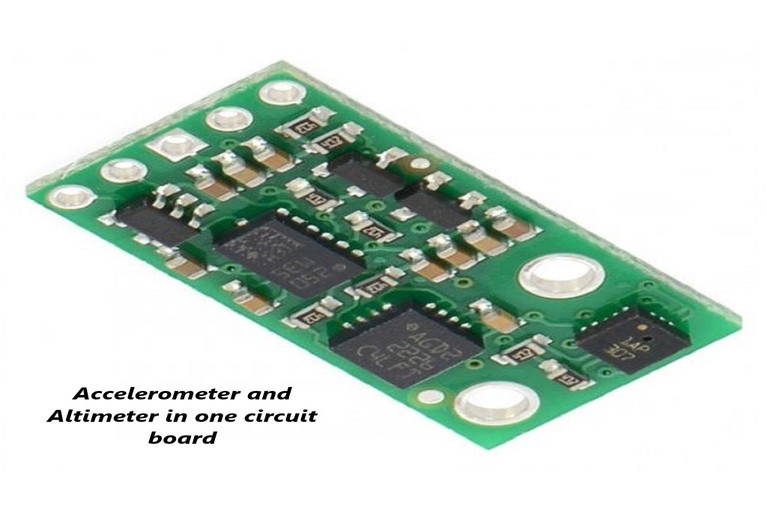
Integrated chip of accelerometer and altimeter
MEMS understand by term Micro-Electro-Mechanical Systems. It is a technology that in its most general form can be defined as miniaturized mechanical and electro-mechanical elements (i.e. devices or components) that are made using the techniques of micro-fabrication.
MEMS components are categorized based on their various applications like Micro-sensors. Micro-sensors are designed to detect physical or environmental changes, for example – Infrared sensors, Accelerometer, Gyroscopes, etc.
To know more about MEMS go to Springer-journals. Smart integration of the MEMS Accelerometer forms into inertial measurement units providing precise navigation and sensor bias for good long-term stability. So Accelerometer is an electromechanical device.
An Altimeter detects the altitude or height of a drone. This altitude may be Above Ground Level (AGL) and/or Above Sea Level (ASL). There is various kind of Altimeter and every model uses different techniques to calculate the altitude value. Whereas some advanced Altimeters are also providing air density level, pressure level, etc.
There are four types of Altimeters:
- Barometer altimeter
- Radio altimeter
- GNSS
- Laser altimeter
Barometer altimeter:
It is the most common type of altimeter. Barometric type altimeter determines altitude by measuring air-pressure at altitude and comparing this pressure concerning sea level air-pressure. As the altitude increases, air pressure decreases and vice-versa. However, air pressure is also affected by the weather.
Radio altimeter:
It is an electronic device that is capable to measure the height of the drone above terrain immediately below the drone. Radio altimeter uses radio or electromagnetic waves to measure altitude value by using the principle of electromagnetic reflection. To measure altitude it transmits radio waves and calculates the time difference of reflected wave. Although they are affected by irregularities in the terrain and it generates deviations in radio waves, the radio altimeter provides a precise and reliable altitude value.
GNSS (Global Navigation Satellite System):
Global Navigation Satellite System receivers can also determine by using tri-lateration with four or more satellites. It is a kind of GPS system of European Union.
Laser altimeter:
Laser altimeter works by using laser light (it is an electromagnetic wave within the visible range of the spectrum). Its working is the same as the radio altimeter. Again, the time taken is calculated for the emitted signal to travel from the transmitter to the surface and again back to the transmitter. It uses the principle of LIDAR (Light Detection and Ranging).
Cameras:
Nowadays most drones are having their camera with high resolution and pixels. Drone-mounted cameras help human beings to monitor difficult-to-reach locations and can be a game-changing tool in war.
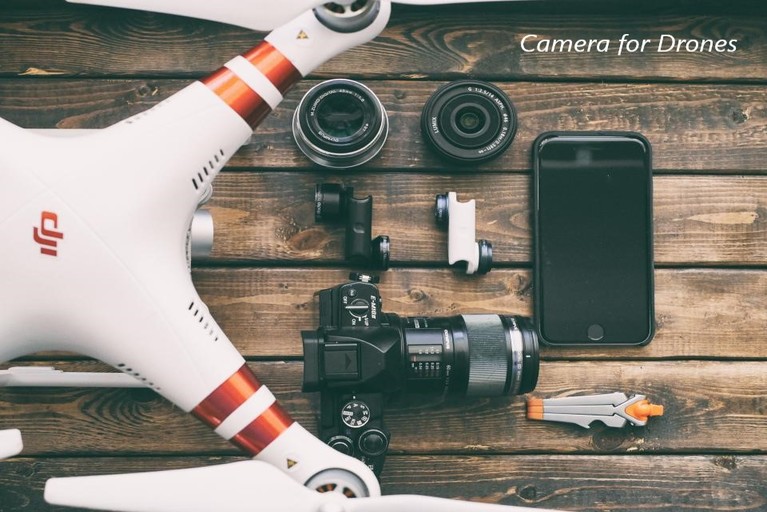
Camera in drone
Rotors:
It is the backbone of the drone because rotors are responsible for the vertical motion of the device. Drones use their rotors that contain propellers. The propulsion system (motors, electronic speed controllers, and propellers) is the technology, which moves the drone into the air. RPM (Rotation Per Minute) of the motors are more than or equal to 4800.
Wireless connectivity:
Most of the modern drones are controlled remotely, often from a remote control or smartphones/tablets. Wireless connectivity is provided by using a control board of a drone. Most of the control boards contain microprocessors with inbuilt operating systems. Raspberry-Pi is mostly being used in drones to full fill this requirement. Raspberry-Pi is a kind of complete personal computer board.
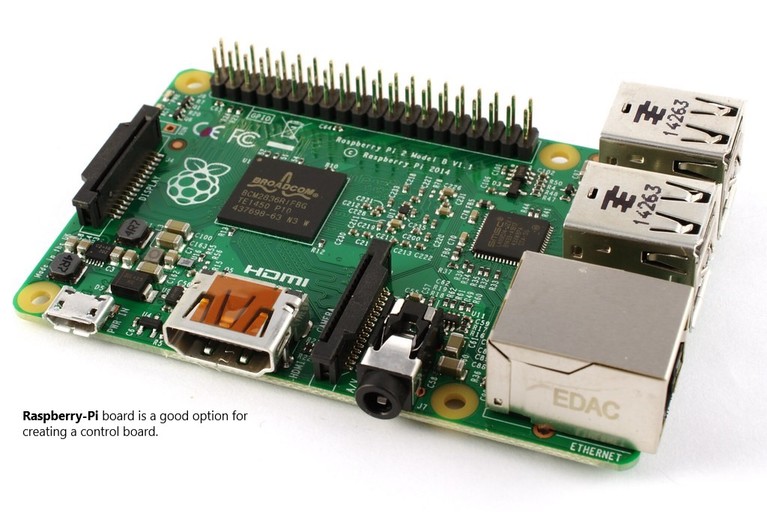
Raspberry-Pi a good option for drone control circuit
Wireless connectivity lets the user or pilot view the drones and their surroundings from the top. Users can also run specific applications in this board to perform a specific type of action. This wireless connectivity also provides various information to users like battery charge level in real-time, altitude information, live videos and pictures, and much more.
The battery is also an important unit of the drones. Every drone needs a powerful long life, durable and lightweight battery.
Applications:
At present time drones are becoming game-changing devices. It has many applications, some of them are given below:
- In aerial photography
- It is becoming useful in contactless item delivery
- Geographic mapping
- Very useful in disaster management
- It is also becoming part of agriculture
- Drones can perform search and rescue operation
- Weather forecast
- Wildlife monitoring
Thanks for reading. See you soon with another exploration!

